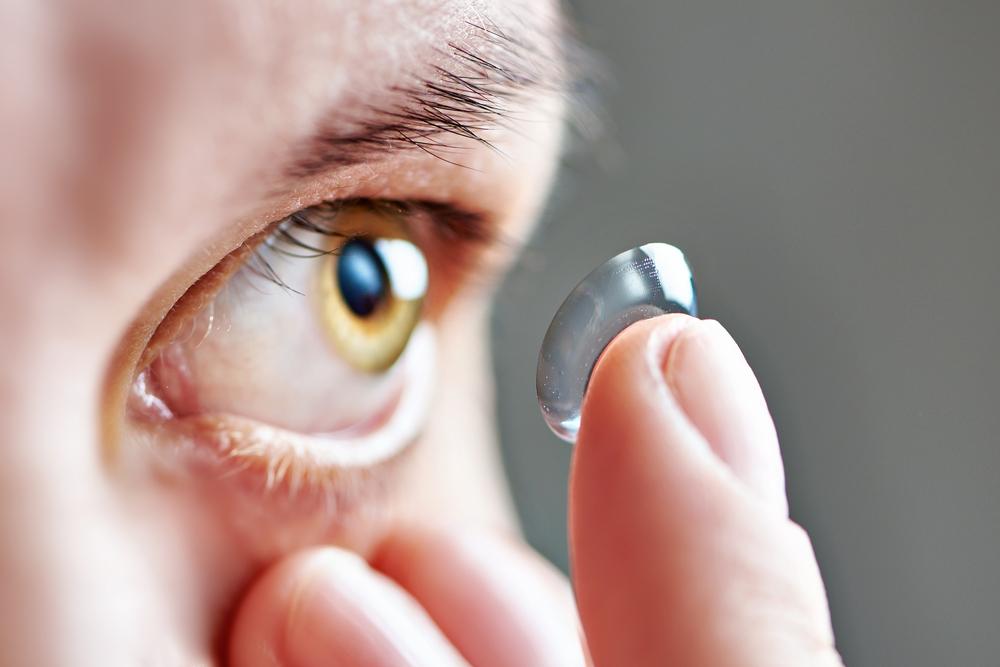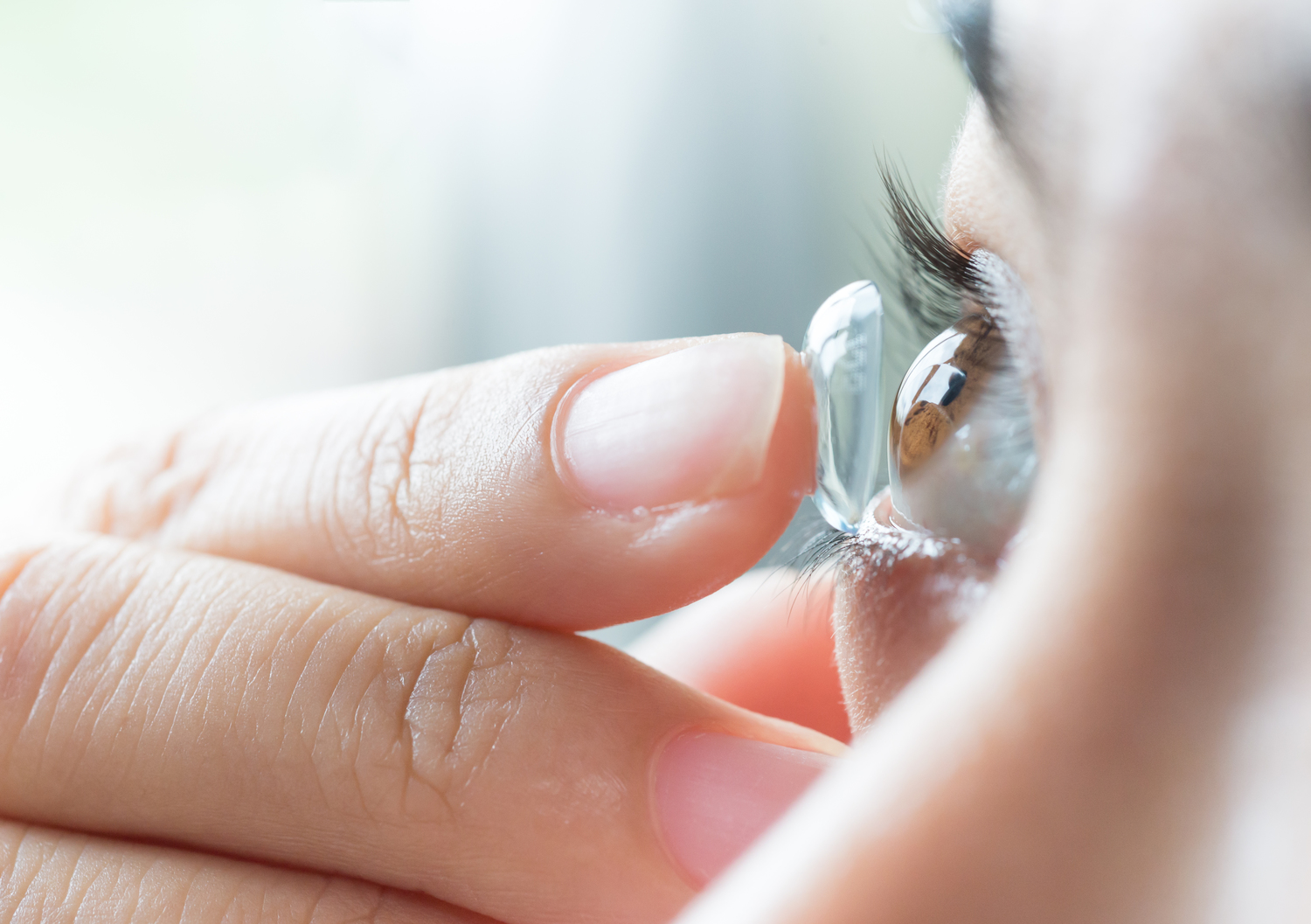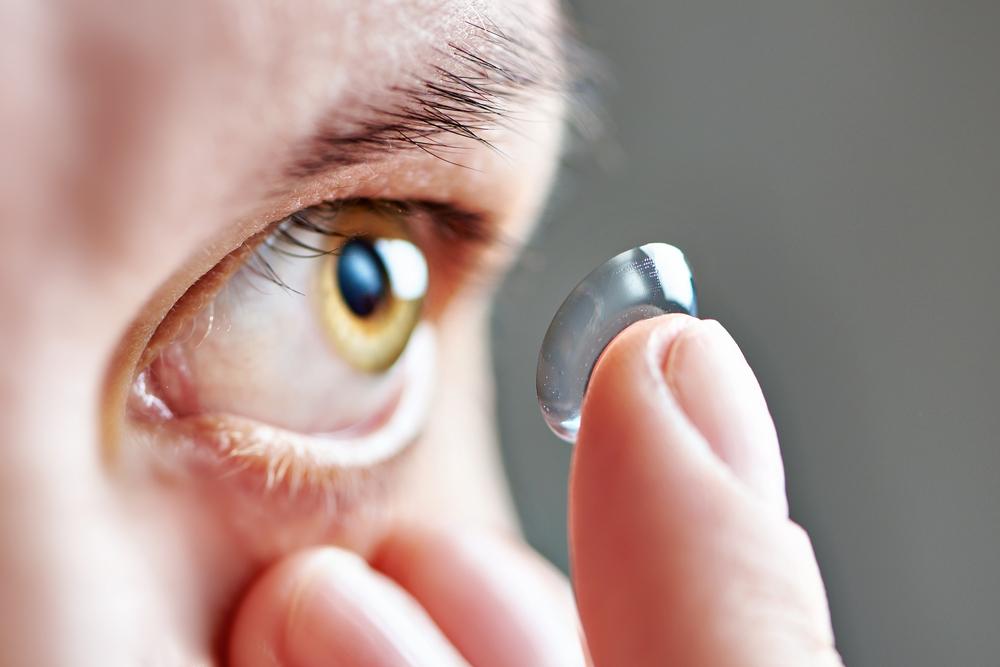Comprehensive Guide to Various Types of Contact Lenses and Their Benefits
This comprehensive guide explores the various types of contact lenses available in the market, including soft lenses like daily disposables, bi-weekly, monthly, and extended-wear options, as well as rigid gas permeable lenses. It provides insights into their features, benefits, and suitability for different needs, emphasizing the importance of professional consultation for optimal eye health and vision correction. Whether you're a new user or considering an upgrade, understanding these options helps in making informed choices for comfortable and effective vision correction.

A Complete Overview of Contact Lens Varieties Available Today
In recent years, the contact lens industry has experienced remarkable growth, offering consumers a broad spectrum of options tailored to different vision correction needs, comfort preferences, and lifestyle requirements. Whether you're considering lenses for daily use, special occasions, or extended wear, understanding the various types of contact lenses on the market is essential for making an informed choice that aligns with your visual needs and personal comfort. The two primary categories of contact lenses are soft lenses and rigid gas permeable (RGP) lenses, each with distinctive features and advantages.
Soft contact lenses are the most commonly prescribed lenses today, renowned for their ease of use and comfort. Made predominantly from hydrogel or silicone hydrogel materials, these lenses are lightweight, highly flexible, and conform closely to the shape of the eye, providing an almost natural feel. They are suitable for correcting a wide array of visual impairments, including myopia (nearsightedness), hyperopia (farsightedness), astigmatism, and presbyopia (age-related difficulty focusing). Due to their versatile nature, soft contact lenses come in a multitude of styles and wearing schedules to suit individual preferences and routines.
One of the significant benefits of soft contact lenses is their variety in disposability and replacement schedules. Daily disposable lenses are designed for single-use, where a new pair is worn each day and discarded afterward. This option offers excellent convenience and hygiene, significantly reducing the risk of eye infections caused by lens deposits or improper cleaning. Although daily disposables might be more expensive per lens, their hassle-free maintenance is especially appealing for busy individuals or those prone to allergies.
Bi-weekly lenses, replaced every two weeks, require careful cleaning and storage but provide a good balance between cost and convenience. Suitable for new contact lens wearers or individuals with moderate dry eye conditions, these lenses demand regular care and proper adherence to hygiene practices to maintain eye health. Monthly contact lenses extend the replacement cycle to a month and are often the most cost-effective choice for frequent wearers. They require rigorous cleaning and proper storage but are favored for their affordability and durability.
Extended-wear lenses, particularly those constructed with silicone hydrogel materials, can be worn continuously for up to 30 days without removal. This feature makes them ideal for individuals with demanding schedules who prefer a hassle-free experience. However, extended wear lenses carry a slightly increased risk of complications if proper hygiene and routine eye assessments are not maintained.
Beyond functional correction, contact lenses also serve cosmetic purposes. Colored lenses allow users to change or enhance their eye color, offering a fun way to experiment with different looks or for theatrical and fashion purposes. These lenses are available in prescription and non-prescription forms, suitable for correcting vision impairments or simply altering appearance for special occasions. While they offer aesthetic versatility, colored lenses should always be fitted and prescribed by an eye care professional to ensure safety and comfort. It should be noted that for complex prescriptions involving high astigmatism or presbyopia, finding suitable colored soft lenses might be more challenging, necessitating specialized fitting processes.
On the other hand, rigid gas permeable (RGP) or hard contact lenses hold a less dominant position today but remain a valuable option for specific cases. RGP lenses are made from durable and oxygen-permeable materials, providing sharper and clearer vision, especially beneficial for complex refractive errors such as irregular astigmatism, keratoconus, or high myopia. Although they are less flexible and initially require a period of adaptation for comfort, RGP lenses are appreciated for their longevity, scratch resistance, and the precision of vision correction they can deliver. Proper fitting, ongoing care, and routine monitoring from an eye care professional are crucial to ensure comfort and safety with rigid lenses.
Choosing the right contact lenses involves considering multiple factors, including your specific vision correction needs, lifestyle, comfort preferences, and budget. Consulting an eye specialist is essential to determine the most suitable type and fit of lenses for your eyes. With advancements in technology, contact lenses continue to evolve, offering improved materials that enhance oxygen flow, minimize dryness, and provide better overall comfort. Whether opting for soft daily disposables, bi-weekly or monthly lenses, or RGP options, proper usage and regular eye examinations are vital to maintaining eye health and achieving optimal visual performance.
In conclusion, understanding the different types of contact lenses available today empowers users to make informed decisions aligned with their lifestyle and vision needs. From the convenience of daily disposables to the durability of rigid gas permeable lenses, each offers unique benefits. Regular consultation with an eye care professional ensures safe and effective use, helping users enjoy clear vision and comfortable wear for years to come.





